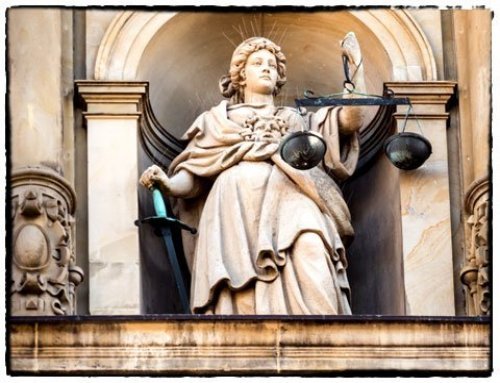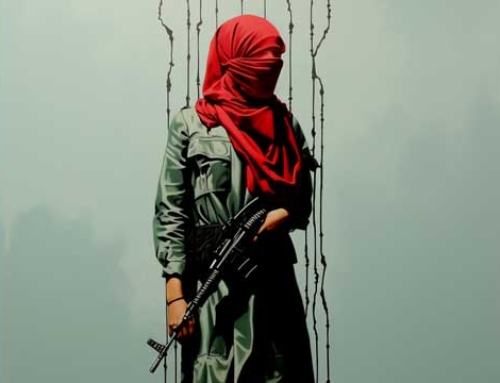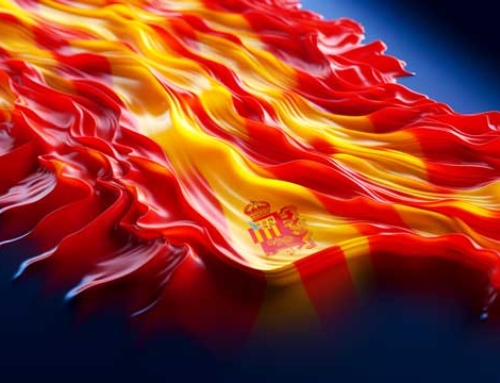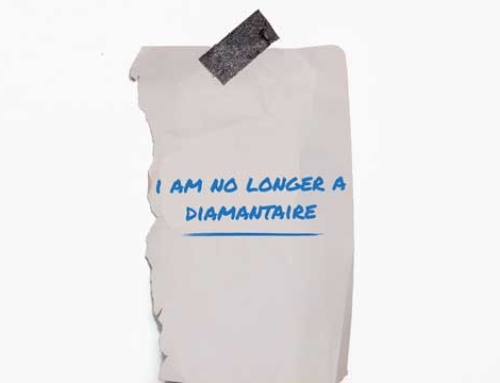Belgium and Europe are discussing a new tracking method to curb the international trade in Russian diamonds.
Belgium and Europe are discussing a new tracking method to curb the international trade in Russian diamonds.
Prime Minister Alexander De Croo announced Friday during the press conference on the delivery of military equipment to Ukraine that Belgium is working with the European Commission on a new initiative to halt the international trade in Russian diamonds.
Belgium and Europe want to work together on a new traceability system that will make it possible to find out whether a diamond comes from Russia or another conflict zone. As such, it is not about European sanctions against Russian diamonds, as the U.S. and the U.K. imposed after the start of the war in Ukraine.
Belgium has always opposed such sanctions. By such actions, the Antwerp diamond industry, which imported and exported $1.8 billion worth of rough diamonds from the Russian state-owned Alrosa before the war, would mainly shoot itself in the foot, industry sources say. Russia then would simply export its diamonds to competing centers like Mumbai or Dubai, is the reasoning. There, those stones are processed, upon which they are sold as diamonds from India or Dubai.
‘You can already see that effect in the figures,‘ says a source. ‘Even though there were no direct sanctions against Russian diamonds, imports of those stones into Antwerp are now 70 to 80 percent lower than in the previous year. While in India imports rose by exactly the same percentages. The price for diamonds also remains virtually the same, so the money keeps coming in to Putin.‘
By introducing a tracking system, Belgium hopes to harness the power of the market to curb the international trade in Russian diamonds. Some 70 percent of global demand for diamonds comes from the West, half of which comes from the US. Screening the origin will make it much clearer to Western consumers and luxury companies which diamonds come from conflict zones.
There is still the greatest uncertainty about what such a traceability system should look like. ‘Traceability‘ has been considered a ‘hot topic‘ in the diamond industry for some time. ‘But each player developed different applications and addresses a particular niche of the market,‘ says Tom Neys, spokesman for the Antwerp diamond umbrella AWDC. ‘Some companies have technology to map the origin of rough diamonds, others focus on polished stones. We need to figure out how to make that entire production line traceable. ‘
The Antwerp diamond sector does display a positive attitude toward De Croo’s plans. ‘We are already partly working on what the prime minister is suggesting and want to find a solution that allows us to offer full transparency for the market. We should be able to copy the model we are working out around that in Antwerp at the international level.‘
In any case, if Europe agrees to such a tracking system, it will be some time before it is in place. Without additional sanctions, it means that the trade in Russian diamonds will remain as it is today. ‘Such a system will probably be introduced gradually and must also be discussed with the US and other G7 countries,‘ a source admitted. ‘But you can pick low-hanging fruit fairly quickly by starting with making large diamonds traceable. That’s where most of the money goes anyway.‘







